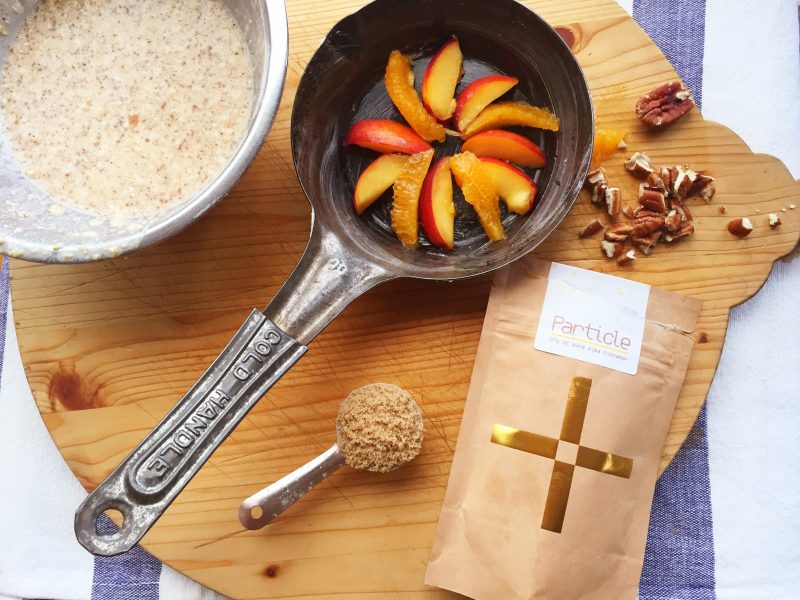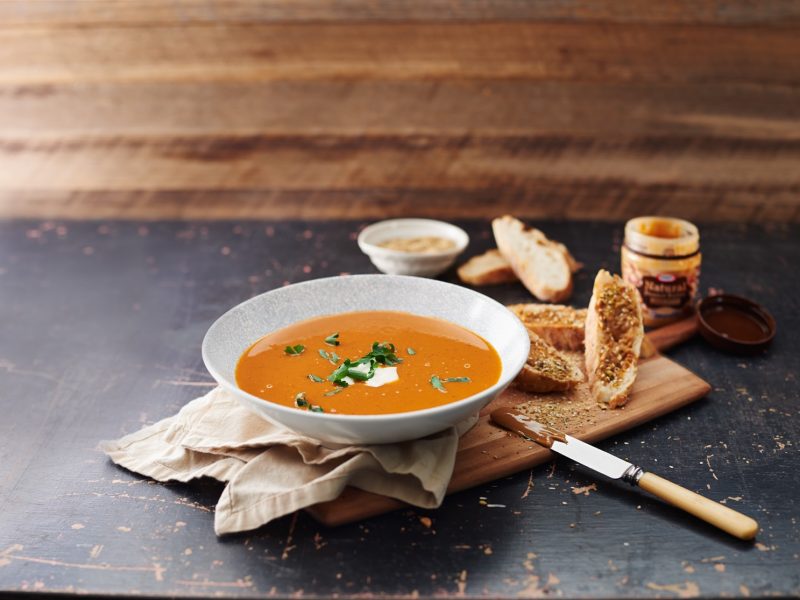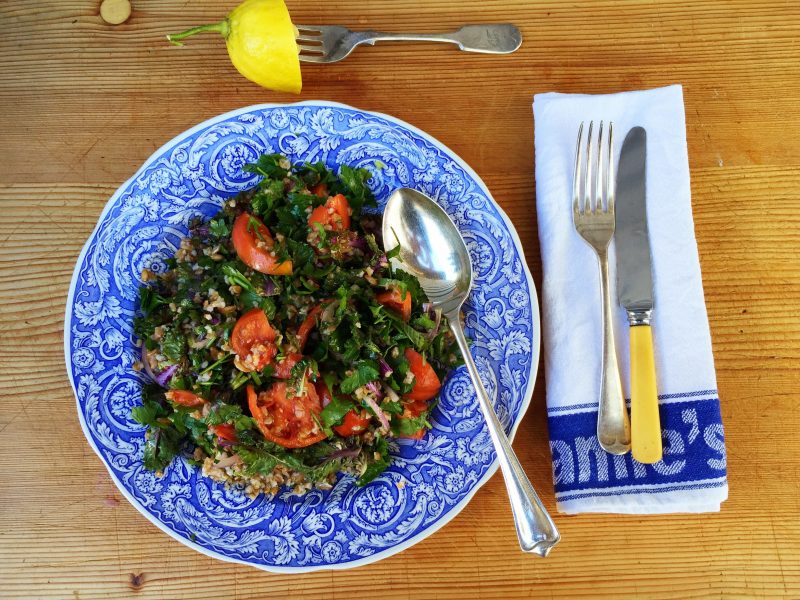The humble oat grain has been around for thousands of years. In fact, it’s said to date back to the 1st century AD. Oats later became staple foods in countries such as Scotland. However, they weren’t always popular and were often perceived as food for the ‘lower class’ as their primary use was for animal feed. But I certainly don’t think anyone told our Sub of the Month that fact?
About our expert:
Danika is a newly graduated APD from Adelaide. She is hugely passionate about conveying accurate and topical evidence to the public and she always has her trigger on the pulse when it comes to new products and emerging research. We’ve learned about her oats love affair this last month on the Scoop facebook page. Danika is delighted to be sharing one of her favourite (and simplest) recipes with you this month (and why it’s SO good for you!) Make sure you follow her on twitter @danikacarty.
Well, haven’t we done a 180! Thanks to scientific research, oats have been labelled a ‘superfood’, boasting their ability to decrease low-density lipoproteins (the bad type of cholesterol in our blood) due to their beta-glucan content. More recently you’ve also probably been hearing different types of oats being thrown around in conversation.
Steel cut oats – the new kids on the block. They are often considered the least processed form of oats as they are simply the whole kernels cut up into a few pieces. They are described as having a nutty flavour and are chewy in texture. However, they do take quite a while to cook, they are not available at all supermarkets and they can be expensive. If you are choosing steel cut oats I recommend buying in bulk at your local health food shop.
Rolled oats – the oldest member of the oat family –have been steamed and rolled out flat. They are lighter than steel cut oats, and take less time to cook. Quick oats (and those you find in the little sachets) are rolled thinner than rolled oats and cut up into small pieces so they cook very quickly and form a creamy consistency. Both traditional rolled oats and quick oats are inexpensive and readily available from supermarkets.
But what’s the difference nutritionally?
The fibre content and Glycaemic Index (GI; the rate in which the food is converted to glucose and absorbed into the bloodstream) of steel cut oats and rolled oats is very similar. Comparatively, the GI of quick oats is quite a bit higher than steel cut or rolled oats. This means quick oats are more quickly broken down released into your bloodstream and therefore won’t keep you feeling full and sustained for as long as rolled or steel cut oats would.
What’s my pick? Old faithful rolled oats, and that is also what I’ve used in my recipe. They’re convenient, cheap and create the perfect consistency for this dish.
Oats are probably most commonly consumed in the wintertime as the ultimate comfort food; porridge. However, during Australia’s hot summer I don’t feel like a steamy bowl of oats in the morning, but I still want the satiated goodness of oats. Cue overnight oats. Haven’t heard of them? Think Bircher muesli but lighter, lower in kilojoules, higher in fibre and packed with nutrients.
Overnight oats have kind of been taking the world by storm recently and consequently, there’s a tonne of recipes out there. Overnight oats in a jar have also increased in popularity because they’re portable, so if you’re on the go in the morning you can simply take the jar (and a spoon) with you. We love Registered Dietitian’s Kate Scarlarta’s overnight oats recipes. I am also going to share my recipe with you, and feel free to tweak it as you please.
Danika’s PB&J Overnight Oats in a jar
Serves 1
1/3 cup rolled oats (steel cut would give a chewier, denser consistency)
1/3 cup natural/Greek yogurt
1/3 cup skim milk/unsweetened almond milk
1 tsp cinnamon
1 tbsp chia seeds
1 tbsp natural peanut butter
1 tsp strawberry jam
To garnish (optional):
1 tbsp frozen raspberries
1 tbsp Teresa Cutter’s granola
Smear the sides of glass jar with peanut butter and jam. Alternatively, for a resourceful breakfast just use an almost empty peanut butter jar.
Add oats, yogurt, milk, cinnamon and chia seeds into the jar. Screw the lid on and shake well until mixture is combined. Place in the refrigerator overnight.
In the morning, remove jar from the ‘fridge and top with raspberries & crunchy granola. Enjoy!
Notes: I found the proportion were a bit of trial and error at first to get the consistency to my liking. For a thicker consistency, add a greater proportion of yogurt, or for a thinner, lighter texture, add a little more milk.
This is not so much a recipe as an idea to build upon. You could top oats with any fresh seasonal fruit (banana, peach, mango, grated apple), crushed almonds or walnuts, sultanas, dried apricot, cereal flakes or honey. Get creative with it!
Editor’s comment:
Thanks Danika! So great to have you on board this month and best wishes with your first official dietitian jobs this year. I so love that you motivated so many lovely readers to get out their jars n oats. I bet there are many more ideas to hand? So do drop us a comment below.
Sources:
Othman RA, Moghadasian MH, & Jones PJ (2011), Cholesterol-lowering effects of oat β-glucan, Nutr Rev., vol. 69 no.6 pp. 299-309.
Braaten JT, Wood PJ, Scott FW et al., (1994), Oat beta-glucan reduces blood cholesterol concentration in hypercholesterolemic subjects, Eur J Clin Nutr., vol. 48, no. 7, pp. 465-74.



